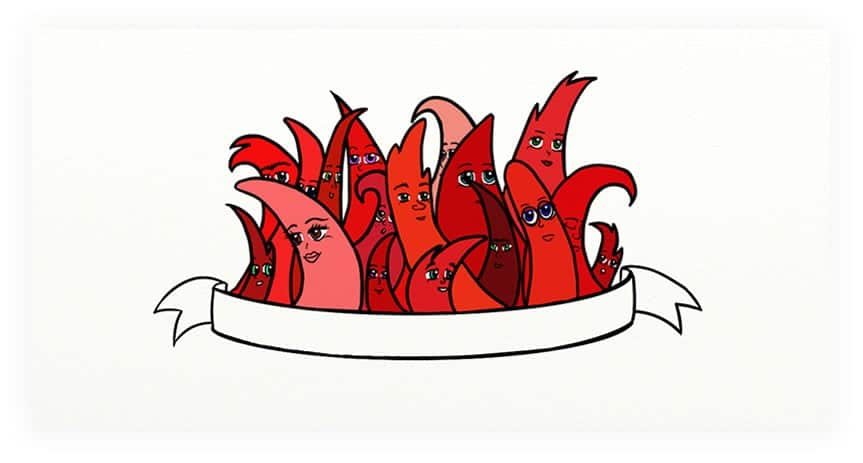Sickle cell disease is a genetic condition caused by unhealthy and abnormal red blood cells. Instead of being soft and round, these red blood cells are hard and sticky, and shaped like a “sickle.” These unhealthy cells clog up blood vessels and reduce good oxygen flow, creating serious problems of intense pain, infections and more.



